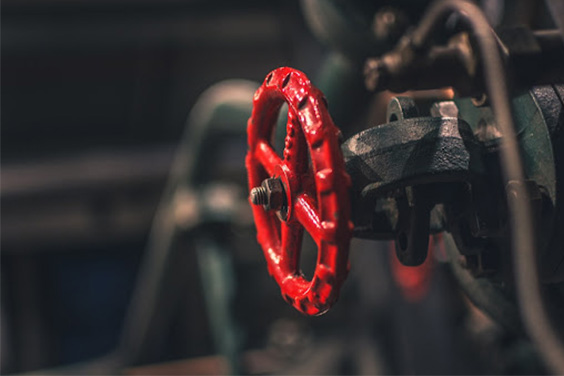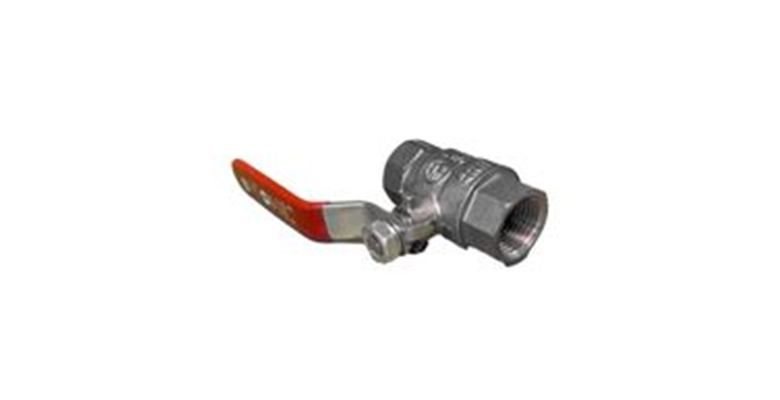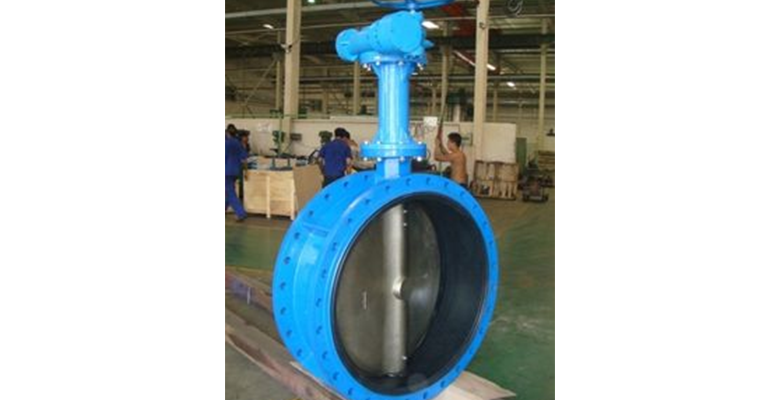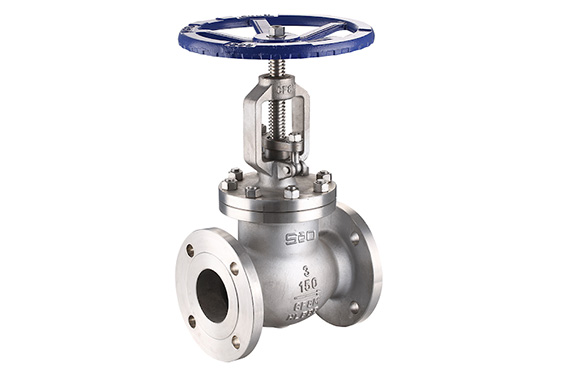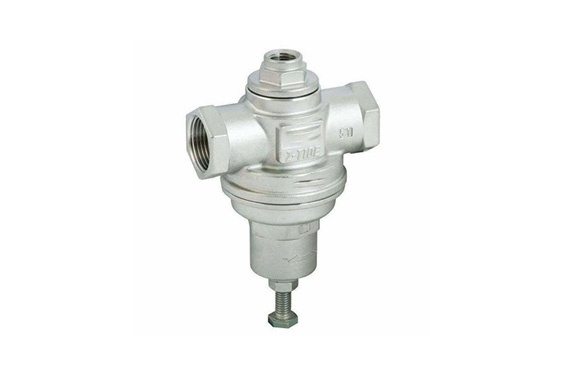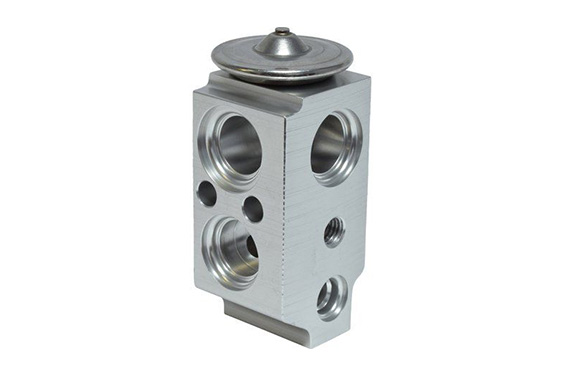Valves are critical equipment used throughout piping systems in mining, metals, and also steel processing around the globe. They serve a crucial purpose in the mining industry by transferring water to and from the mine sites by stopping the reverse flow and avoiding damage to the pump during discharge operations.
Since these pipelines can travel significant distances and encounter numerous elevation challenges easily, they are extensively used throughout the piping systems. Since mining valves offer so many advantages and usages in the respective industry, it is essential to learn everything about the different valves for mining before investing in them.
What is a Mining Valve?
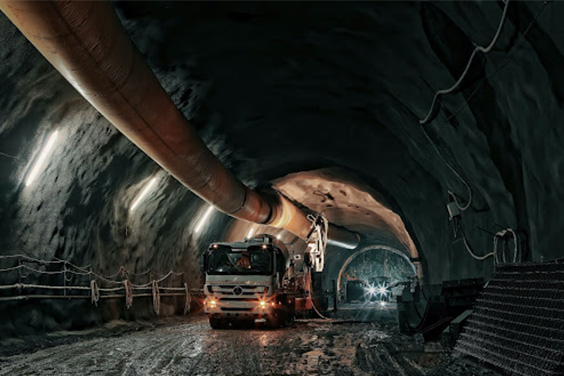
In the mining and mineral sector, robust processing systems are employed to satisfy the industry’s harsh chemical, pressure, and temperature requirements. These industries need valves made of sturdy material to bear harsh weather and allow all kinds of mediums to flow through them without damaging them.
The equipment used for transferring materials in a mining facility must be of high quality to avoid environmental damage, along with fines and penalties. Using high-quality mining valves also helps reduce costly and unscheduled downtime to a great extent.
Industries should employ a specialized mining valve within their processing systems to ensure consistent movement and direction of the fluid in numerous applications. It also minimizes any kind of equipment damage and hazardous working conditions.
What is a Mining Valve?What are the Different Valves for Mining?
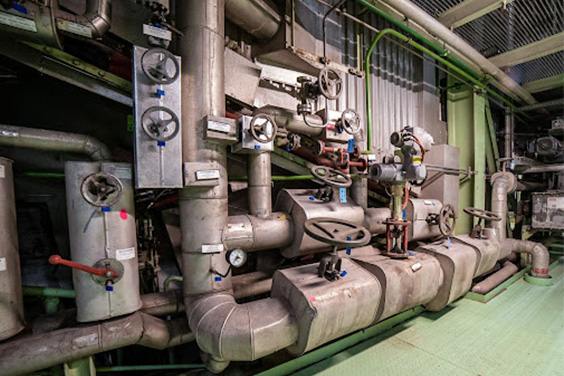
Here are some of the most common types of valves used in the mining areas to permit the smooth and safe flow of medium throughout the industry pipelines:
Check Valves
An industrial check valve is one of the most crucial types of valve used in mining operations. It uses resistance to harsh substances. It includes vertical and horizontal piping orientations to ensure a one-way fluid flow throughout the system while protecting pumps and compressors from backflow.
Check valves rely significantly on a tight seal to stop any reverse flow leakage, making them perfect for mining operations which require a continuous supply of processed fluids and raw materials. This device helps maintain a controlled flow of fluid that doesn’t jeopardize production standards or cause downtime to mining equipment.
Control Valves
Level control valves are suitable for end-of-line service to keep the water tanks full and eliminate the hammer and chatter associated with conventional ballcocks.
Y-strainers
Strainers are among the most useful valves for mining that stop particles from passing through industrial pipelines and damaging sensitive equipment. They carry out the task using a perforated mesh straining element that results in minimal pressure drop.
Parallel Side Valves
This valve contains two discs to maintain contact with the parallel body seats with a light spring. It uses line pressure for tight closure. Temperature changes in the line are accommodated by the flexibility of the disc assembly, which does not affect the operation. This valve helps remove any direct or foreign matter from the seating faces.
Gate Valves
These valves are commonly used in process plants and water systems to start or stop gas or fluid flow in the pipeline. In operation, an SIO valve is either completely closed or open, thus allowing for a minimal pressure drop when the fluid passes through it. It happens because the gate valve is removed from the flow when it is fully open, thus creating no resistance.
Although these devices are not designed for throttling or frequent operations, they are ideal for services requiring full or no flow applications.
Globe Valves
These linear motion valves are employed to stop, start, and control fluid flow through the industrial pipelines. Unlike the perpendicular seating in gate valves, the seating of globe valves is parallel to the flow line. So, all contact between seat and disc ends when the flow begins. It provides the valve with an effective and throttling ability for flow regulation.
Relief or Safety Valves
These valves protect pressurized equipment during overpressure. If the pressure goes beyond the handling capacity of the system, the damage becomes inevitable to the property. During such situations, safety or relief valves are used to vent gas and fluid from an over-pressurized system, thus helping prevent the risk of damage and injury.
Ball Valves
These spherical soldering ball valves have a hole in the middle so that when it is in line at both ends, it permits the flow to pass through. In a closed position, the hole is perpendicular to the valve ends to block it, making it a useful device in mining applications. Besides, it is highly versatile, easy to repair, and quick to operate.
Pressure Reducing Valves
Pressure-reducing valves are typically used to maintain a consistent flow at a suitable pressure level. The pressure generated by boiler, pump, and compressor systems is too high for the downstream process equipment.
Knife Gate Valves
Knife gate valves are the ideal option to slice through sewerage and sludge. It has a chamfer on the gate edge to cut the product easily. It is available in two variations for pressure-tight isolation of solid-liquid mixes in general industrial service applications.
Butterfly Valves
These wing-like discs usually operate at right angles to the flow. Butterfly valves offer several advantages when used in mining applications: low cost, quick operation, easy installation, and lightweight. One can use it in fully open and closed positions to control the flow of medium passing through it.
Different Applications in Mining Valves:
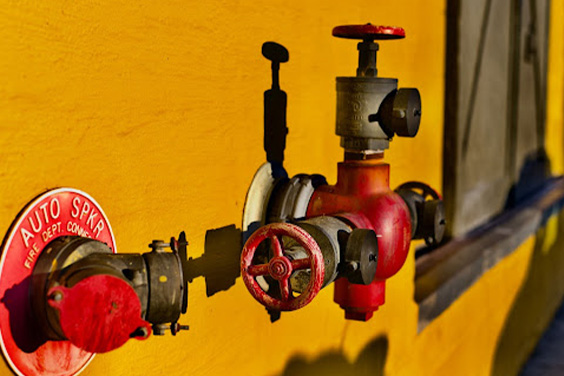
Here are some useful applications of different types of valves in the mining industry pipelines:
Slurry Handling and Transport
Different valves for mining are engineered with abrasion-resistant steel alloys, metal linings, and coatings are used for slurry transport and handling in the industry. They improve operational efficiency and reduce the cost of ownership while offering proven performance even during the most aggressive erosion.
Mining valves are suitable for pumping stations, dewatering, slurry transport, separation, air release, and isolation.
Copper Concentrates Production
One can increase the efficiency of copper concentrates production, smelting, and electrolysis by selecting the right valve and pump for each process. Knife gate valves and rubber-lined butterfly valves are extensively used in froth floatation.
It also involves smelting, a multi-stage and complex process involving high temperature and molten liquids. Oxygen and air control are key to an efficient and reliable process.
Mineral Processing
In the mining, metal, and steel industry, mineral processing, extraction, and refining are the most challenging applications. Because of the corrosive chemicals and abrasive slurries found in such processing operations, the proper metal selection is necessary. Besides, liners and coatings are also imperative for mineral separation, concentration, and extraction processes.
Wastewater Treatment
These valves are perfect for mining wastewater effluent, treatment, and reuse as they can resist highly acidic and suspended solids in the process and wastewater in the mining industry. Such products are also used in treatment facilities for reuse and decontamination.
Autoclaving Operations
High-quality alloy check valves are used to prevent the reverse flow of fluid in autoclaving operations. These valves offer absolute isolation to control oxygen feed during autoclave pressure oxidization. So, selecting the valve material carefully and keeping it clean always due to the inherent danger of oxygen reacting with oil, grease, or any combustive materials left in the piping system.
For Depressurization
Autoclave processes are sometimes depressurized during operational disturbance, emergencies, and maintenance. During depressurization, a vent line is often used to reduce the pressure and temperature inside the autoclave.
Dewatering the Mine
When particles become finer, the resistance against moving water also increases. Since it is impossible to achieve dewatering by gravitation under such circumstances, pressure is used. For dewatering service, a mechanical filter press is a good option.
Pinch valves are ideal in the slurry inlet feed, while butterfly valves are perfect for water and air service.
Isolation & Discharge
High-quality mining check valves prevent the backflow from preventing water hammer and protecting all valuable pumps. It helps mitigate the risk of pump damage throughout the discharge process.
Leaching Tanks
Regardless of the leaching method, all valves for mining industry must provide reliable control for airflow, liquid, and gaseous substance flow. Due to the presence of cyanide, process control becomes a challenging process. That’s why it is vital to make the correct valve material selection.
If performance requirement is a priority, process ball valves are a good option for leaching a tank. It is important to note that with the right material, coating, and seat selection, ball valves provide a long service life and precise flow control abilities.
For Gold Production
Thickening mining valves are used in gold production as they help increase the solids’ content and thus the slurry’s gold concentration. Unwanted gangue is separated from the fluid in the thickener and further processed in the tailing stream while the processed water is recycled back for upstream processing.
In thickeners, valve installation is necessary for overflow and underflow service. While the overflow butterfly and knife gate valves offer effective control, pinch valves are the most common solution for underflow.
Factors to Consider When Selecting Valves For Mining and Minerals Processing:
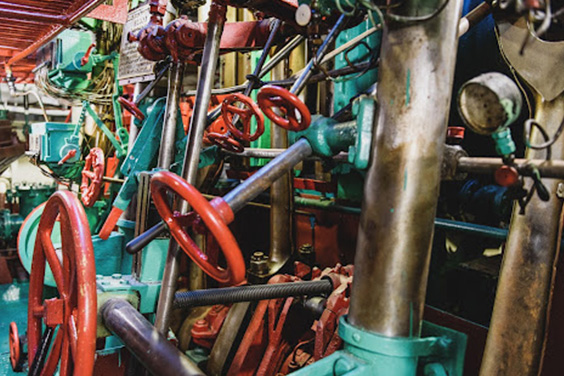
Media Type
The characteristic of liquid or gas type helps determine the ideal valve material for mining applications. If monitoring harsh or corrosive materials, polytetrafluoroethylene (PTFE) and perfluoroalkoxy alkanes (PFA) are great choices as they can withstand harsh conditions easily.
But if it is used to monitor pressurized gases, metallic valves are ideal for the highest level of safety.
Application Conditions
When selecting a valve of the right size, it is vital to consider the application conditions for which it is required. If the device is improperly sized, it can cause operation issues within itself or the system. In addition, determine the pressure, temperature, and flow rate of the conditions under which the valve will operate.
Valve Function
Determine the requirements that the valve needs to fill. A 2-way valve performs well for on and off control in a system. And a 3-way valve is also used for diverting or mixing media. Besides, note whether the device must perform open and close functions often. To extend life expectancy, one much choose a valve available in such orientation and shifts to the other direction when energized.
Actuation Method
Find out if the mining valve will operate manually or automatically. Considering the actuation method is essential because it significantly influences the buying decision. If it is used in automatic conditions, decide whether the unit will be used with an electric, pneumatic, or hydraulic actuator.
Maintenance Needs
Lastly, considering its maintenance requirements is important. If the mining application requires regular maintenance, the ball valve is the best option as it resists clogging and is easy to service. It is also available in 3-piece configurations, which permit easy cleaning without disconnecting the end caps from the pipe. It prevents the line from shutting down during maintenance procedures.
Contact Professional Industrial Mining Valve Manufacturer - SIO
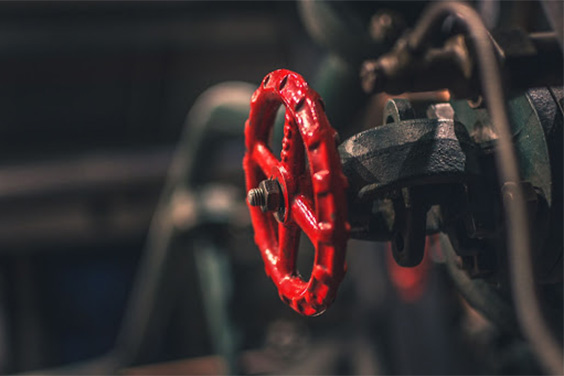
Valve mining is a critical component of industrial piping systems. Combined with regular maintenance, using a high-quality valve throughout the piping system can help reduce processing costs and downtime, which may otherwise result in equipment strain, and breakdown and may require component replacement.
Handling abrasive slurries requires ensuring the reliability of the equipment for safety reasons. That’s why it is essential to use such valves that can easily handle the demanding conditions of metallurgy and minerals processing.
As it all boils down to flow control and isolation for mining and other similar processes, it is vital to choose reliable equipment. Please contact us immediately to buy equipment that guarantees production process continuity.

